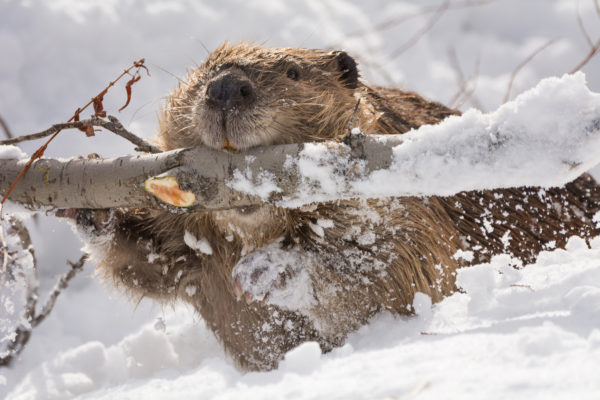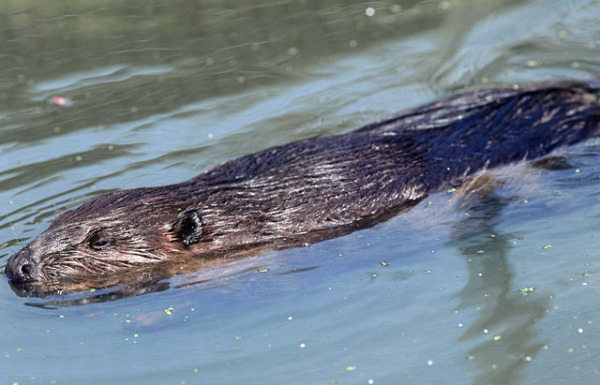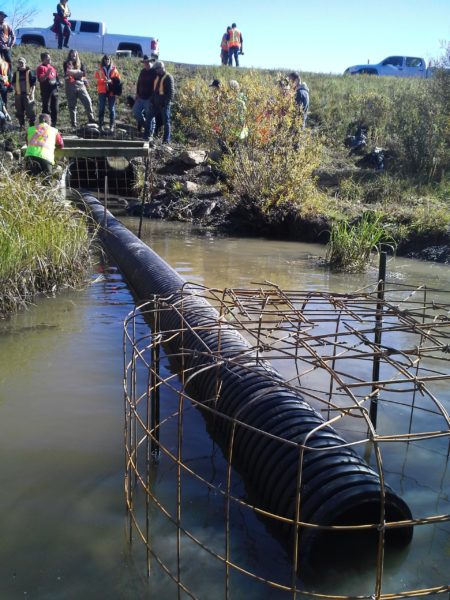Repairing the beaver’s reputation – and our freshwater ecosystems
Does the beaver have an image problem? It depends who you ask. To some, the beaver is emblematic of Canada’s diverse wildlife – it’s on our five-cent coin, and renowned for its productivity (“busy as a beaver”). To others, the beaver is simply a pest. Over the years, Canada’s iconic bucktoothed critter has become notorious among landowners for its tendency to chew down trees and construct dams capable of stopping a rushing river and flooding agricultural land.

Engineering for nature comes naturally to beavers. Though they can sometimes pose real challenges for the people who share their space, their dams and the resulting ponds can help restore vegetation, combat climate change, rebuild fish habitat, reduce pollution by capturing sediment, and build resilience against floods and droughts by storing water and slowing the pace of racing streams and rivers. Without beavers at work, most of the biodiversity we associate with wetland habitats – the fish, birds and bugs – would all disappear.

Throughout Alberta, there’s a growing demand to find solutions to human-wildlife conflict. And in the North Saskatchewan Watershed (Alberta), where the threats from habitat loss and fragmentation and pollution are ranked “high” to “very high by WWF’s Watershed Reports,” beavers are damn important. With some help from WWF-Canada’s Loblaw Water Fund, the Alberta Riparian Habitat Management Society, also known as “Cows and Fish,” is working to repair the beaver’s reputation, and, by doing so, the freshwater ecosystems it calls home.
Dr Joe Wheaton points out #beaver messiness is critical to ecosystem health and dynamism @Miistakis @AB_EP @thecalgaryfoundation pic.twitter.com/WP5utzVbkx
— Cows and Fish | Riparian Management Society (@CowsandFish) December 7, 2017
Cows and Fish is repairing this rodent’s rep, and reducing human-wildlife conflict, by raising awareness about the important role beavers play in riparian health in their “Living with Beavers” workshops, like this one on Dec. 7.

Cows and Fish shared effective beaver management techniques – like beaver pond levers that allow water to flow through dams to prevent flooding – to help landowners and municipalities protect infrastructure and their property while allowing more of the ecosystem benefits beavers provide.

The beaver’s natural response when it senses running water is to plug it. Exclusion fencing prevents beavers from entering an area, like a culvert, and plugging it with sticks and debris.

While the beleaguered beaver may never be welcomed as an ecosystem saver, Cows and Fish is offering communities practical solutions for coexistence so that beavers and their dams – along with the core role they play in wetland health – don’t have to be removed.
